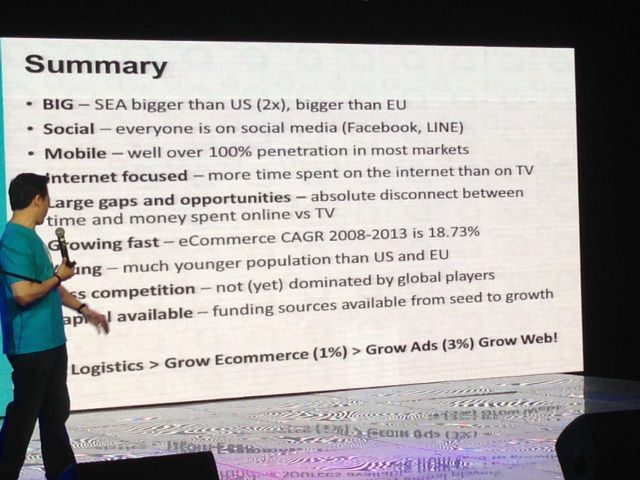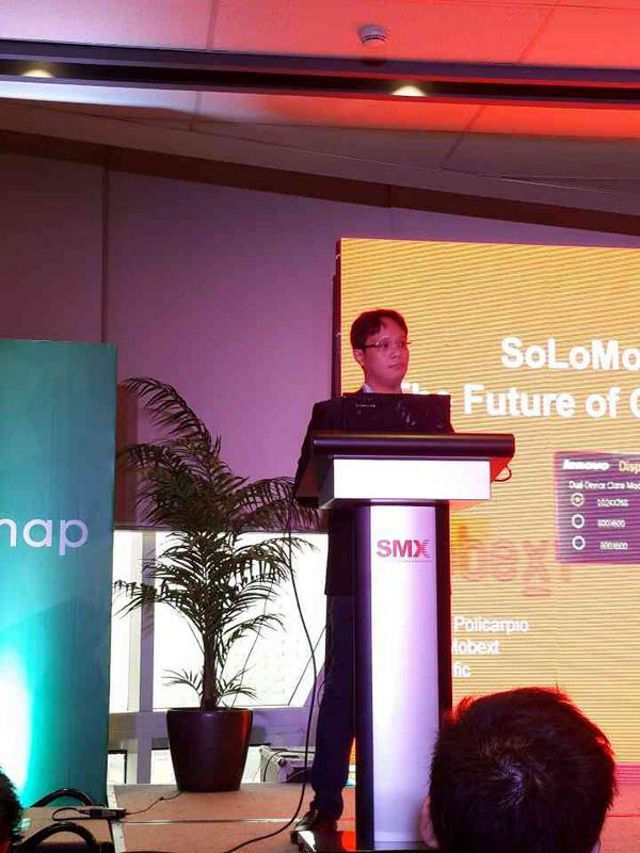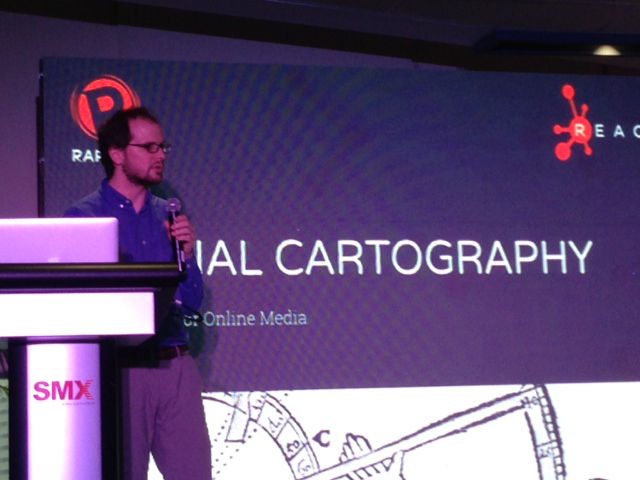SUMMARY
This is AI generated summarization, which may have errors. For context, always refer to the full article.

MANILA, Philippines – On the first day of the 8th Internet and Mobile Marketing Summit, held on September 25, 2014, guests were treated to a number of different discussions centered around the theme of Digital Transformation.
It’s the idea that the digital world is becoming so commonplace that it becomes firmly embedded in the way everyone does things.
Throughout this first day of the Internet and Mobile Marketing Association of the Philippines’ (IMMAP) summit, I got the chance to learn from some of the leaders in the marketing world, as well as follow the social strategy breakout group in its thoughtful examination of the issues that surround digital transformation and how companies should consider adapting their strategies to the changing landscape.
Here are 4 insights I picked up from day one of the summit.

Build locally
This insight was noted in two talks I was able to listen to: first by Paul Srivorakul of ACommerce and Ardent Capital, and also by a breakout session talk by Art Policarpio of Mobext. Part of the discussion was based on the fact that the digital world is a great place to invest in and capitalize on, but very few are able to actually take advantage of the opportunities to make it happen.
With around 37% of Filipinos in the country having access to the Internet, and seeing the number of success stories that have come up from foreign chat apps and other well-made tech products, the Philippines could stand to make its own mark by creating its own Whatsapp, Viber, SnapChat or Uber. All these services take advantage of technology and the mobile web to create a new need that is fulfilled by the very product they provide.
The problem is, not a lot of people can take the leap. What occurs instead is that large companies see the opportunity and capitalize on the need Filipinos have, and fulfills it with the product or service they have. That’s why WeChat, WhatsApp, LINE, and KakaoTalk exist in the Philippines: foreign companies are expanding where Filipinos could be taking advantage of the opportunity to shine.
As Srivorakul mentioned during his talk, “If we’re not locally building the stuff, the big guys will come in.”

Controlling the mobile web
One of the other common threads of thought was the need to realize that it isn’t just traditional forms of media that need to adapt: even the Internet experience needs to shift and take advantage of the growth in mobile as a dominant and growing form of Internet use.
Policario noted that people should think of social media as a mobile initiative. People may begin their morning or continue checking Twitter or Facebook from their desktops, but it’s the mobile devices that make the transitionary phases – the commute to work or the wait for a movie – a seamless integration of social media as part of the one’s daily life.
For companies, brands, and marketers looking to make the most out of an advertising budget, this means that some of it has to go into staking a claim on the mobile web. It also means ensuring that the resources are in place to provide users with a simple way to learn about your product or, if possible, to buy it outright without ever setting foot in a store.
Being social is EQ and IQ
One of the things I learned from Social@Ogilvy’s Donnah Alcoseba is that part of staking a claim online means making sure you or your brand are able to properly market the brand and respond appropriately online. As the idea of social media is to be social, Alcoseba notes that some of the best marketing campaigns are the ones that humanize the brand.
Appropriately, this also means that there not only has to be this unified personality for the brand, but also a very social aspect for the brand online. The example she gave was of call centers, and in the case of call center metrics, closing a call quickly was one of the most important metrics available. Comparatively, social media tries to extend the conversation between a brand and an individual consumer.
By extending the conversation and garnering good will, a brand can positively influence consumers because of a consumer’s personal experience with the brand. It requires both empathy and intelligence working together to try and see how to best address the needs of individuals because the brand is treated as an individual itself, even if it’s addressing multiple people.

Measuring social
In the discussion of social media marketing, one of the running questions was determining how the return on investment (ROI) could be seen, or if it could be seen at all. In opening the breakout session I attended, Carlo Ople of Unbox.ph and Di9it fame said that social was unpredictable but measurable. The problem of having a great marketing initiative – or even a bad marketing initiative – is telling how well or how badly something did and by what metric one would take note of that success or failure.
Rappler’s Russell Shepherd talked about a different way of measuring the system by using data science to determine not only the communities and networks that have formed out of a social media topic, but also who are likely to be the best influencers that can propel a brand further. The product of that development, called Reach, will allow interested parties to get data that helps them make better informed decisions about the direction of the brands they’re trying to promote and the products they want to sell.
Not only does this mean that companies can now determine who’s influential and well-suited for promoting a certain product, but it also means that users can determine how to best use their resources to push a brand. This is whether it’s by trying to affect one large influencer or by gaining the goodwill of multiple smaller influencers who are entrenched in specific groups that could also take advantage of the brand being pushed. – Rappler.com
Add a comment
How does this make you feel?
There are no comments yet. Add your comment to start the conversation.